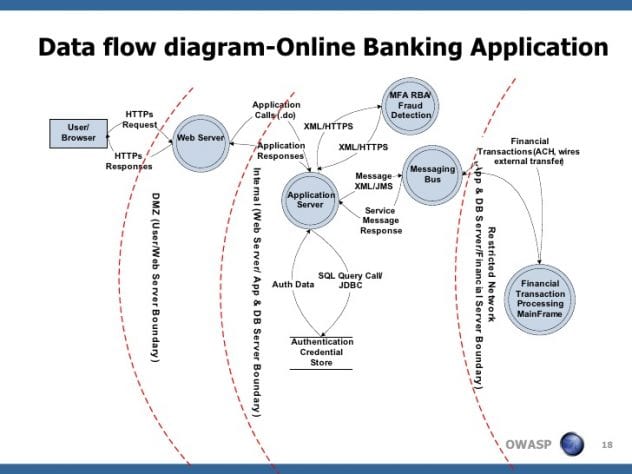
Image from: Antman 3001
By: Rehann Rheel
Welcome to Westview
Wanda Maximoff calmly walks through a break in the stones that outline what could have been—should have been—a house. Her face is a calm mask that belies the turmoil of emotions she’s feeling inside.
As a child, Wanda and her brother, Pietro, were trapped under rubble for two days when their house was bombed. Their parents did not survive. That entire time, an unexploded Stark Industries missile sat just feet away, threatening to finish what the first missile had started.
It’s only a bit over 10 years later that Wanda’s twin brother—the person who’s been by her side for literally her entire life, the only person she’s been able to depend on—dies. And a part of her dies with him.
Despite the loss of her brother, Wanda eventually finds happiness. She falls in love with Vision, and though their relationship isn’t easy, it’s a source of strength and joy.
But that happiness doesn’t last. It never lasts. To save the world, Wanda is forced to kill that source of happiness and comfort. She has to kill Vision.
And so she does.

Image from: Flickr
Afterwards, Wanda tracks down Vision’s body. She wants to lay him to rest. To mourn him as we all mourn our loved ones. But when she finds him, he’s ripped into pieces, strewn across cold hard surfaces of a lab. Being experimented on as though he were nothing more than a pile of computer parts.
Wanda walks away empty-handed.
Standing in that shell of a house, holding the deed that promises a future that will never come true, Wanda breaks. Her heart-mind-soul fractures. She falls to the ground and releases a heart-wrenching cry of pain as magic and sorrow and rage and loneliness pour out of her in an unstoppable wave, drenching the town in chaos magic, trapping the citizens in a new world, in WandaVision. It’s an alternate reality inspired by all the TV shows that had embraced Wanda with moments of peace ever since she was a child. A place where she’s guaranteed her happy ending.
An escape.
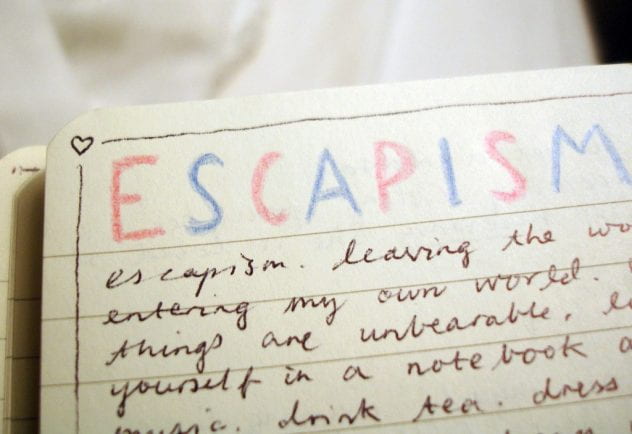
Image from: En Bouton
What is Escapism?
Living is stressful. There are so very many things that could go wrong in a given day. To deal with these negative aspects of life, humans have different coping strategies. These coping strategies can vary from doing yoga to venting with your BFF to stress eating an entire pint of Ben & Jerry’s in one sitting (not that I’ve ever done that, of course).
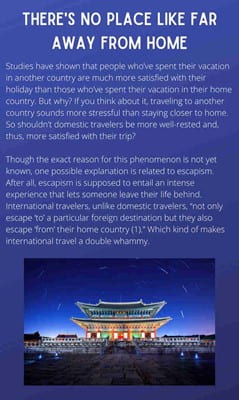
Image from: Rehann Rheel
Escapism is one such method of coping. With this particular type of survival mechanism, humans engage in an activity that allows them to repress negative experiences by becoming immersed in an activity (2). There are three parts of escapism that enables this to happen:
- Task absorption: By being absorbed in an activity, a person enters a “narrowed associative state,” which basically means a person gets tunnel vision. Everything—including our problems—falls away except for the task at hand.
- Temporary disassociation: Human beings are essentially one of those really complicated puzzles with the itty-bitty puzzle pieces. Those puzzle pieces are comprised of thoughts, emotions, memories, behaviors, etc. You put them together, and you get a human. Escapism allows us to temporarily divide ourselves into those pieces. This means we can ignore a certain aspect, like overwhelming emotions, to focus on something else.
- Reduced self-evaluation: I don’t know about you, but I can be pretty hard on myself. If I make a mistake, I carry that “failure” with me throughout the day and beat myself up about it. But escapism lessens that self-evaluation—I’m no longer Rehann Who Can’t Remember to Send an Email to Save Her Life, I’m The Boy Who Lived (2).
In creating WandaVision, Wanda is able to experience all three facets of escapism. She ceases to be the Wanda we know from the Avengers movies and instead becomes a character in her own show. She’s wholly focused on playing a character, which allows her to disassociate from the undesirable memories. And since Wanda Maximoff doesn’t exist, Wanda can’t self-evaluate, either.
Oh, the Places We’ll Go
Of course, us regular folks can’t just release a red magical glow that makes our innermost fantasies come alive. But that doesn’t prevent us from being excellent escape artists. We just use different methods.
Binge-watching, video games, and books are probably the most popular methods of escapism. When participating in these activities, the real world falls away and we instead live in the fantasy world somebody created for us. It’s a safe place, usually with guaranteed happy endings and unlimited attempts to fix mistakes. And even if the storyline does lead us to a point of no return, what’s happening isn’t happening to us at all, and so we don’t have to suffer any of the consequences.
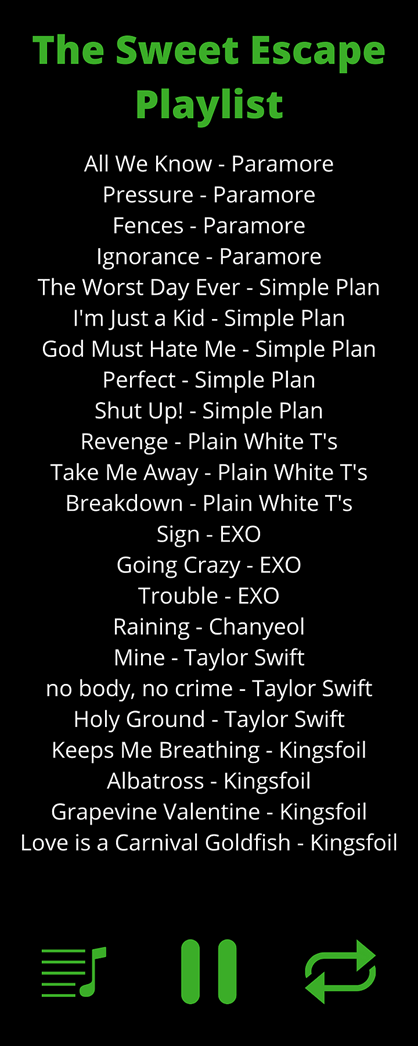
Image from: Rehann Rheel
Binge-watching, video games, and books are certainly effective methods of escapism, but they’re not the only ones. Music, though it doesn’t have a narrative component, can just as effectively remove us from the life we’re living and take us on a journey (3). International travel very literally allows us to escape our lives (1). Sports, religion, gambling, and alcohol consumption are additional ways humans escape from our daily lives—though obviously some methods are more prone to the negative effects of escapism than others (3).
Self-Suppression and Self-Expansion: The Two Escape Hatches
As I mentioned earlier, the general concept of escapism is to take a break from life. But it turns out that some psychologists believe that there are two different types of escapism:
- Self-Suppression: This is the type of escapism we most often think of, where the focus is suppressing who we are and what we think to escape some sort of emotional turmoil (3). Laying in bed, listening to music at an extremely high volume (been there, done that) might be a form of self-suppression.
- Self-Expansion: The focus of this “flavor” of escapism isn’t so much leaving who you are behind, but rather focusing on a task that will improve who you are (3). An example of self-expansion would be learning a new language. The world falls away, just as it does when listening to music, but there’s a growth aspect here absent in self-suppression types of escapism.
Back to Reality
Researching escapism kind of forced me to do some psychoanalyzing. I find it hard to turn off the TV or put down my book or the Switch controller, especially when I have time-consuming responsibilities to take care of (*cough* this blog post *cough*). But I think I think I usually straddle the line between the adaptive and maladaptive aspects of escapism. I may be reluctant to leave The Night Court and go to work, and I may get uncomfortably close to established deadlines, but I do it. Every time. (With only minor kicking and screaming involved.)
And that’s a large part of what divides “good” escapism from “bad” escapism. Leaving reality for a few hours to put some distance between yourself and your problems can be a healthy coping strategy. Literally possessing an entire town and its people for a few weeks? Very bad coping strategy.
Initially, Wanda doesn’t understand what’s happened, what she’s done. Once she realizes the truth, she first tries to convince herself that she’s not harming anybody. The people in town are happy; she’s helping them, if anything. But escapism isn’t designed to keep our troubles at bay forever. It’s just supposed to be a temporary reprieve.
In the end, Wanda has no choice but to face the truth. In the end, Wanda has to let Vision go all over again.
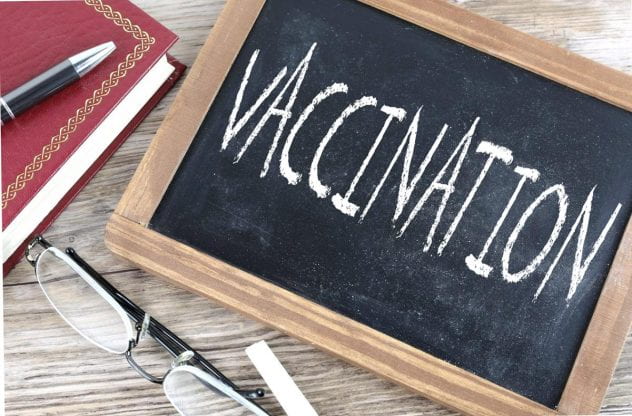


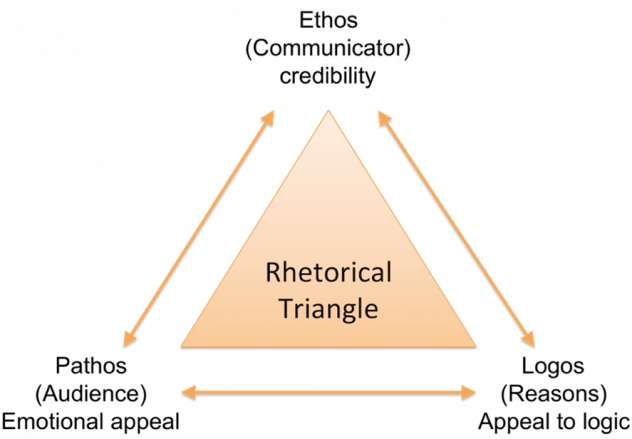


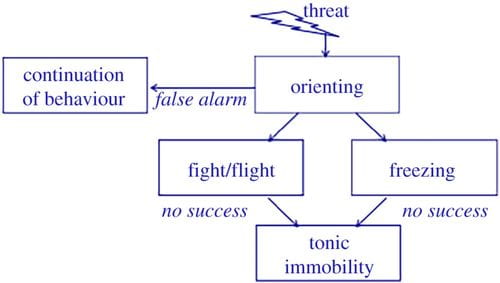
 Image from: Pixabay
Image from: Pixabay Image from: Wikimedia Commons
Image from: Wikimedia Commons Equation from: Science Advances
Equation from: Science Advances Image from: Wikimedia Commons
Image from: Wikimedia Commons
 Image from: Wikimedia Commons
Image from: Wikimedia Commons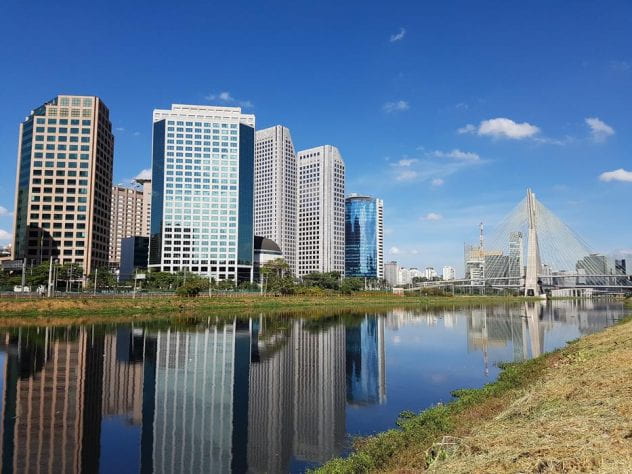 Image from: Pixy
Image from: Pixy








